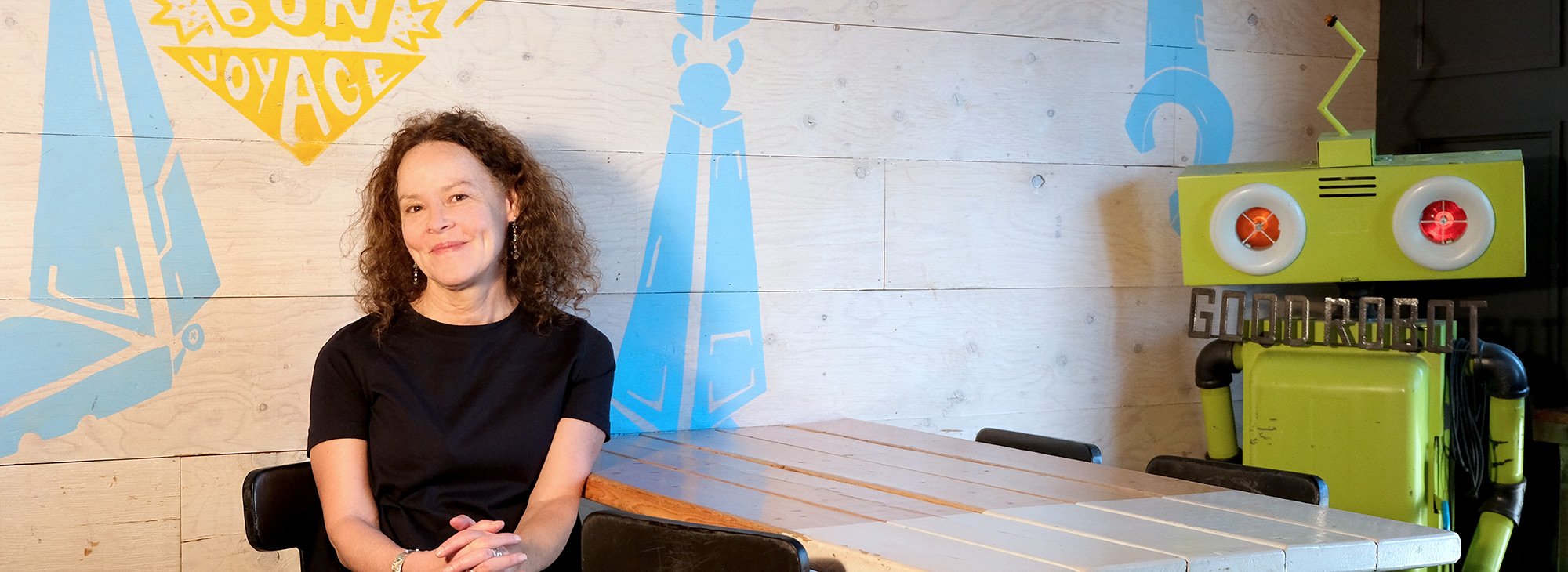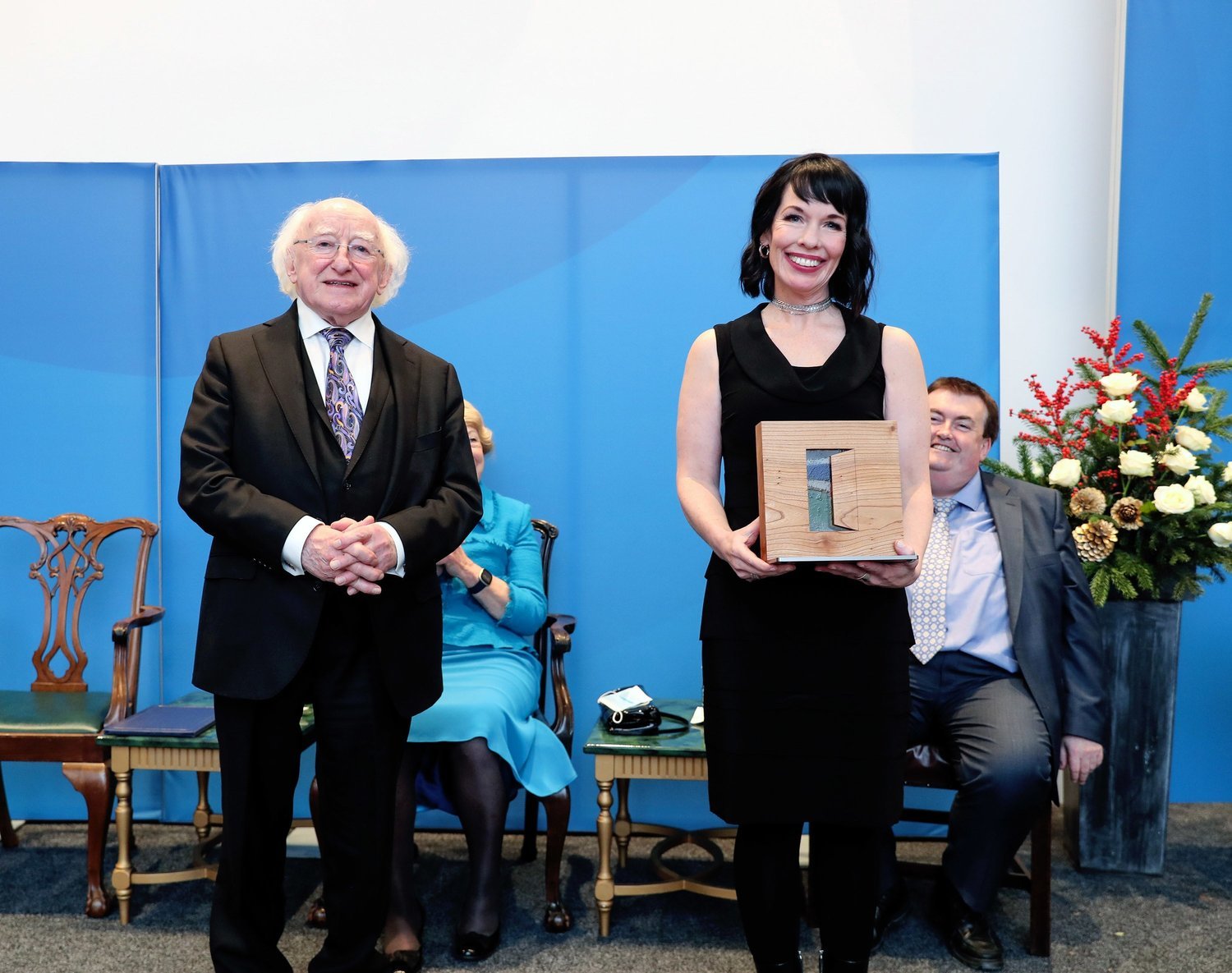The Saint Mary’s Enactus Team
For the ninth time in 11 years, Enactus Saint Mary’s is off to the final round of competition at the Enactus Canada National Exposition in Toronto this September. At this in-person competition, Saint Mary’s University will compete against Toronto Metropolitan University, Wilfred Laurier University, University of Ottawa and Okanagan College for the title of national champion.
These students have already gone through two rounds of competition, and those who succeed at the national final will compete at the Enactus World Cup, representing their country. Enactus, an international non-profit social enterprise, supports different student groups and small businesses aiming to tackle social, economic and environmental problems. With more than 2,000 schools from 33 countries taking part in Enactus each year, Saint Mary’s has an incredible opportunity to represent Canada this year.
With three months until the highly anticipated competition, Enactus Saint Mary's is looking forward to the final round ahead.
“[We’re] thrilled to be in the top five Enactus teams in Canada,” says Susan MacInnis, a co-president of the team. “Our amazing and supportive team are more motivated than ever to work together, expand our projects, and personal and professional development.”
Highlighting their food insecurity program, Square Roots, and their digital education program, Options Online, Enactus Saint Mary’s members are ecstatic to have a chance to win a $10,000 grand prize, along with the national champion title to further impact their community.
Enactus Saint Mary’s are moving forward proudly, with support from various local and global partners and sponsors. One of these partners, Saint Mary’s University Entrepreneurship Centre (SMUEC), is especially supportive of Enactus Saint Mary’s.
“I’m proud to support these amazing Saint Mary’s students and excited for them to share their innovative, problem-tackling ideas in the final round,” says SMUEC Director Michael Sanderson, one of the faculty advisors for the team. “This year Enactus Saint Mary’s has a great chance to become the national champions.”
Reflecting on the past rounds and looking forward to the next, Co-President Maddie Bristol says, “We are putting our best foot forward on the National stage in September in Toronto. The coming months will show our commitment to positive community and environmental impact and our dedication to representing Saint Mary’s on stage.”






















